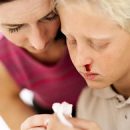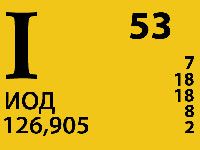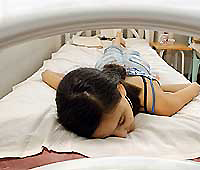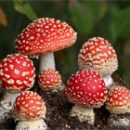Scarlatina, the consequences of which are quite dangerous, is usually unmistakably diagnosed by a specialist. But sometimes the disease can take unusual forms, and it requires increased attention of the pediatrician.
Content
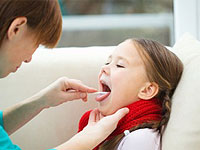 Scarlatina refers to the group of sharp air-drip infections and affects predominantly children aged 5-10 years. The disease is characterized by high fever, symptoms of general intoxication, signs of purulent tonsillitis and typical finely purified. Seasonal incidence with splashes infection in the autumn-winter months.
Scarlatina refers to the group of sharp air-drip infections and affects predominantly children aged 5-10 years. The disease is characterized by high fever, symptoms of general intoxication, signs of purulent tonsillitis and typical finely purified. Seasonal incidence with splashes infection in the autumn-winter months.
The causative agent of scarletins is the high-pathogenic hemolytic streptococcus group A, which is emitting active exotoxin when penetrating into the body, this microbe causes formidable complications of scarletins — In the form of the lesion of the heart, kidneys and joints. A certain danger is the carriers of hemolytic streptococcus, which do not have bright clinical manifestations of this infection, but with close communication with aerogenic or contact paths are able to infect babies and even adults. In the acute period of the disease, the symptoms of general intoxication appear and manifest itself, which should alert sensitive parents. Child complaints for weakness, expressed malaise, headache, lethargy, as well as a sharp rise in temperature can not be left without attention, it is necessary to urgently consult a doctor. Scarlatina is an anthroponous disease, it means that the path of infection lies from a sick person to healthy. From the first day, the child becomes a source of infection and can infect his environment, parents need to take care to isolate it from the children's team.
The typical and constant symptom of scarletin is tonsillitis, when there is a sharp redness of the almonds and a soft sky, the accumulation of purulent flutter on the surface of Lakun, the secondary increase in local lymph nodes with severe pain and compaction. Language mucosa is covered with a characteristic pink sweep with salted papillas, which got the name «Raspberry language». To the second day of the disease on the skin cover of the whole body, a bright red fine-point rash appears, which after a few days it will pale yourself and disappears. After 1-2 weeks at the place of the rash, a large-fifted peeling is formed, turning from the surface of the body to arms and legs.
Scarlatina: Atypical forms
Above, we considered clinical signs characteristic of a typical form of scarlet. However, in the daily practice of a pediatrician doctor often encounters atypical options for this streptococcal infection.
- Erased scarlatina is noted enough of a pronounced clinical picture, in which all signs of the disease are smoothed, have a weak manifestation or are not available at all, while inflammatory changes in the blood are practically not detected. This infection variant continues within 2-3 days and independently without any consequences, forming immune defense.
- Extrafarinetal form is characterized by the absence of such a typical feature as an angina, however, all other symptoms of the disease are preserved in the form of intoxication, rashes and increasing regional lymph nodes.
- Hyperstoxic form manifests itself with the lightning course and the development of infectious-toxic shock with death.
- To other rarely encountered scarletin variants can be attributed to the burn, postpartum and wound scarletin, when the primary focus of the infection is located not in the oral cavity, and in the place of contact of streptococcus with skin and mucous membranes.
Scarlatina: Consequences of the disease
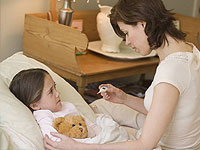 The main complications of this infection are usually developing 2-3 weeks after infection with hemolytic streptococcus during early recovery, they include acute glomerulonephritis, synit, arthritis, heart muscle damage — Toxic myocarditis, rheumatism, corrosive inflammation, streptodermia. If there are a bright-pronounced septic component of infection to the fore.
The main complications of this infection are usually developing 2-3 weeks after infection with hemolytic streptococcus during early recovery, they include acute glomerulonephritis, synit, arthritis, heart muscle damage — Toxic myocarditis, rheumatism, corrosive inflammation, streptodermia. If there are a bright-pronounced septic component of infection to the fore.
Timely appeal to the doctor at the first signs of the disease, compliance with the strict bed regime, the use of antibacterial agents in the necessary age dosage helps to prevent the heavy and unpredictable effects of scarlet.


